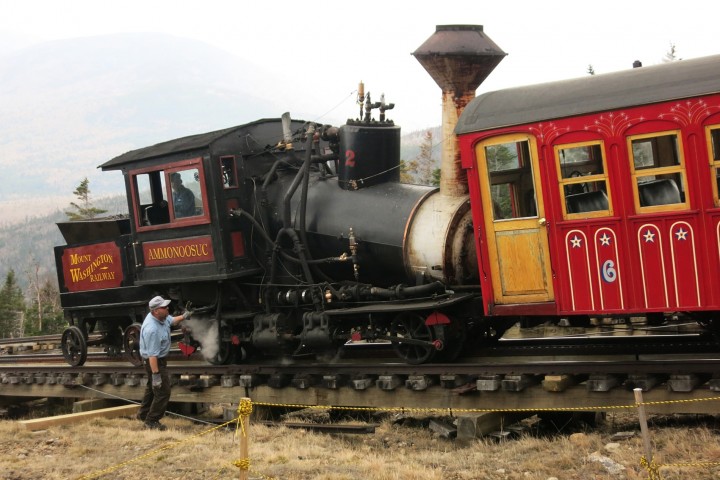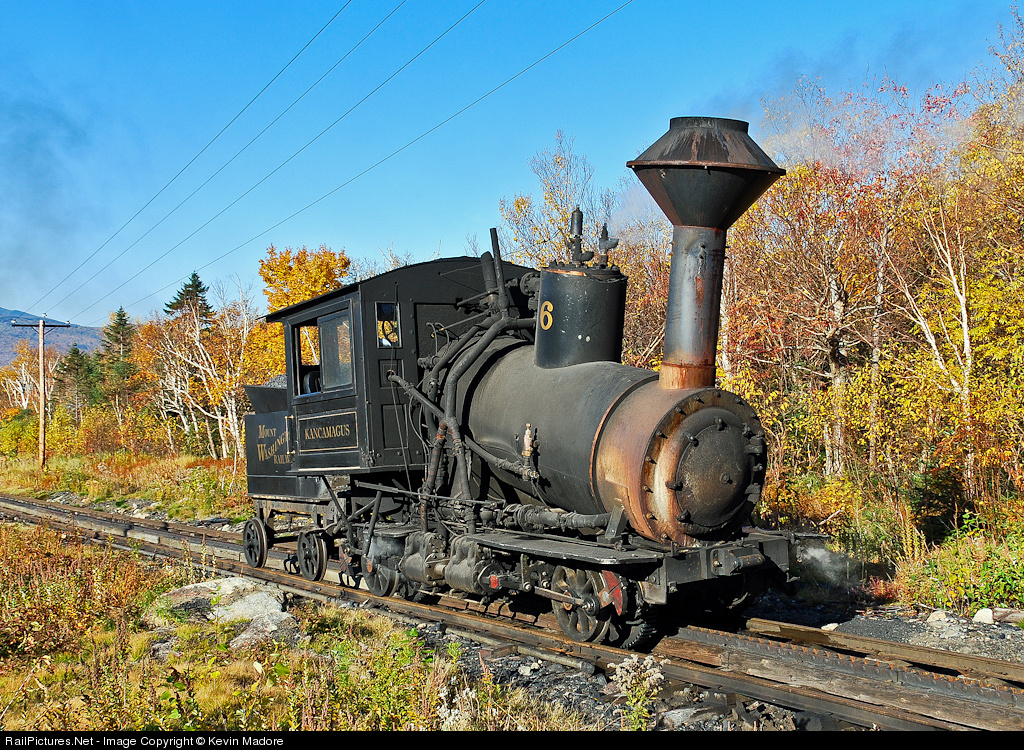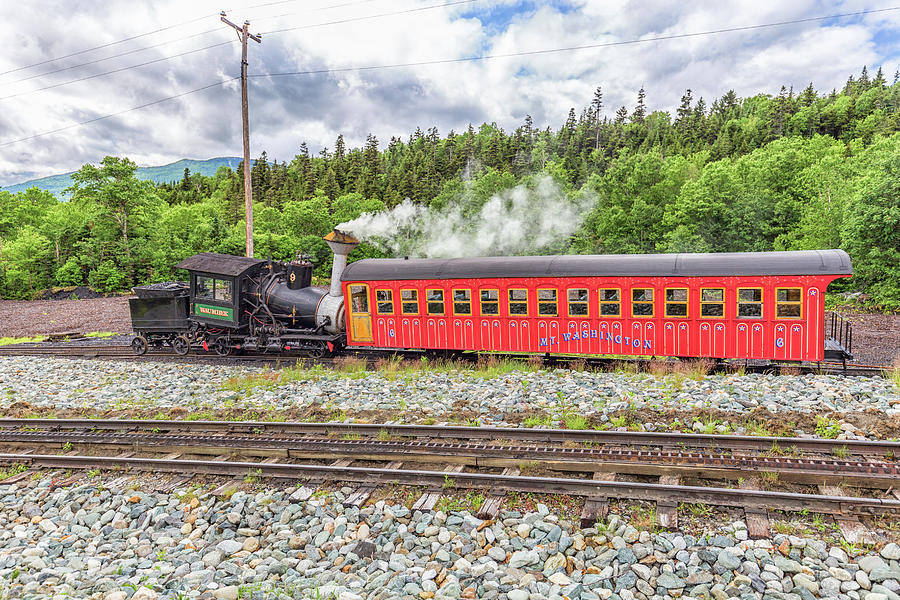

Presby, who has owned the Cog outright since 2017, told an Associated Press reporter “the project would partly fulfill his vision of bringing back hotels that once graced the mountain in the 1800s.” Prices for sleeping, dining, and shopping at nearly 5,800 feet will also reflect the glorious era of the Gilded Age that Presby wishes to revive. If built, hundreds of thousands of tourists will debark there, greatly increasing threats to the area’s alpine vegetation. It will construct two 500-foot long platforms on either side of the existing rail line near the spot where 20-year old Lizzie Bourne perished in a storm on September 13, 1855. The Cog plans to spend nearly $14 million to build this luxury resort it calls Lizzie’s Station. These cars would operate from May to October and be stored at the Cog’s base station during the winter. The other cars would house bathrooms and high-end shopping opportunities. Nine of those cars would provide sleeping quarters for 70 people, and five others would serve meals and alcoholic beverages. On March 4, 2022, Wayne Presby, owner of the Cog, announced a proposal to offer “upscale accommodations,” consisting of 18 Pullman-like cars situated about 500 feet below the summit on the 99-foot wide Cog-owned right-of-way that runs from its base camp to the summit. Washington State Park, an over-developed, congested nightmare atop the mountain that claims to enjoy the “world’s worst weather.” In 2021, the Cog carried 150,000 tourists to the summit on the 60-acre Mt.


As the Cog’s engine, now fueled by diesel, but powered by coal from 1910 to 2008, claws its way up the mountain, it emits black plumes visible from miles away. The Cog Railway line from its base camp to the summit forms a vertical scar on the western face of wild Mt. Their survival depends upon our success in quickly reducing atmospheric carbon levels. Washington, the highest mountain (elevation 6,288 feet) east of the Rockies, have nowhere to go as the climate continues to warm. The alpine species and natural communities at the summit of Mt. Looking into White Mountain National Forest from south of Route 2 (c) John DavisĬlimate-stressed species, forced to search for cooler climes to survive, often must disperse in a northerly direction, or, as in the case of high-elevation ecosystems, move uphill.


 0 kommentar(er)
0 kommentar(er)
